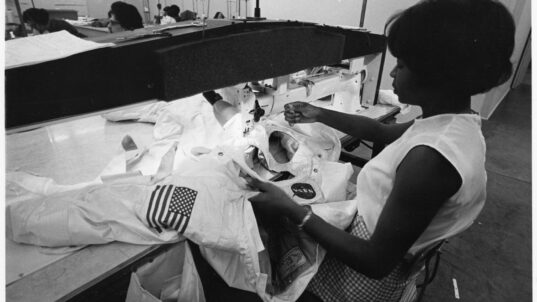
Image by Ryan McGuire from Pixabay
They called themselves “the dream team.” Every team member had a high GPA and a dominant personality. They were used to excelling in everything they did.
But the dream team wasn’t, in fact, a “dream.” It was a nightmare. Their discussions were a contest of egos rather than a sharing of ideas. Discussions often became very personal, with abusive language becoming the norm.
Work products from the discussions were often late as arguments broke out over trivial matters. After observing one discussion, the instructor commented that she felt she now understood how contentious the drafting of a Supreme Court opinion could be.
Why was the dream team such a disaster? Team (or workgroup) dynamics have been a frequent subject of research. The bottom-line conclusion of the research is that teams need a mix of personalities. These can include:
- A dominant personality who has command presence. They key is that this individual needs to be a leader, not a bully.
- Two or three individuals with steady personalities. Steady in this case means those who are focused on the task and not their own egos. They tend to be like the worker bees of the team.
- One or two highly “interacting” personalities. These are the individuals who are quick to comment. They enjoy the team interactions and can smooth over conflicts should they arise.
- One “compliance” personality. This individual may be quiet and reserved but invaluable in assuring that the requirements of the assignment are met.
When discussion groups are formed, it helps if instructors prearrange the membership based upon creating a mix of personality types, as above. But how can a faculty member know enough about those personality types for deciding on team memberships? There are online personality surveys which can be very helpful.
In addition to personality type, some effort should also be made to balance the team with respect to: gender, race, ethnicity, and academic status (GPA, class rank). The Interactivity Foundation has some guidance for group formation in the Guidebook for Student-Facilitated Discussion in Online Courses, and in the Guidebook for Student-Centered Classroom Discussions.
Students may not value having preassigned team members at first, but they often comment in retrospect that they really valued working with classmates who were different from them. Marie, a very high GPA student wrote on her course evaluation: “I really resented being assigned to a team with Jake. I knew his reputation. But now I realized what a gift that was. Jake taught me so much about how to relax and not stress myself so much. Thank you, thank you, thank you.”
You may want to reflect on teams or working groups where you have been a member. Could they have benefited from more careful selection of team members? How can we enhance our experiences from discussions and team work by a better blending of personalities, diverse perspectives, and talent? How valuable is learning how to interact and work with others unlike ourselves? Might this be one of the most sustainable values of a college education?
* * *
“Snowflakes are one of nature’s most fragile things, but just look what they can do when they stick together” – Vesta M. Kelly
This post is part of our “Think About” education series. These posts are based on composites of real-world experiences, with some details changed for the sake of anonymity. New posts appear Wednesday afternoons.



